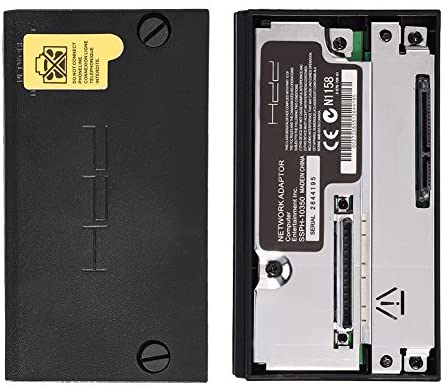Cell culture media, made up of basal media and a blend of growth factor, is a mandatory input for all cultivated meat production: the media supplies cells with the necessary nutrients to proliferate in vitro.
It is also one of the primary cost drivers for cultivated meat. Although unavoidable, cell culture media is quite often a ‘prohibitively’ expensive component of the cell culture process, according to CellRev. The UK-based bioprocessing company expects that as the field scales, it will become ‘even more’ important to significantly reduce the cost and cell culture media waste.
In an effort to address both these factors, CellRev has signed a joint development agreement (JDA) with US-headquartered Saint-Gobain Life Sciences to develop a ‘pioneering’ process for media rejuvenation.
The reason cell culture media is not readily reused now is that toxins are secreted by cells into the growth media, explained Dr Ajay Tharakan, head of bioprocessing at CellRev.
But the company believes that by combining its bioprocessing expertise with Saint-Gobain Life Sciences’ filtration capabilities will enable the development of a solution that can remove toxins and replenish spent media, allowing it to be circulated back into the process.
Together, the partners will scope, design and test a media rejuvenation solution to be integrated downstream of cell harvesting to reduce waste in the cell cultivation process.
“The intention is for the technology to be a drop in solution that any company can easily incorporate into the manufacturing line, but the specifics are still to be defined as part of the project,” Dr Tharakan told FoodNavigator.
The goal is to allow for the recirculation of as much media as possible. The percentage of media that can be retained, and consequent cost savings that can be achieved using the technology, will also be determined as part of the project, the bioprocessing lead revealed.
But ultimately, Dr Tharakan expects the tech to help bring down the cost of cultivated meat production for industry, and the price of cultivated meat products for consumers.
“Cell culture is a growing field utilised to produce countless products that address human and planetary health challenges. As we enter the bio-evolution, cell culture is of enormous importance and yet, we cannot meet projected demand with the technologies and infrastructure currently available,” said CellRev CEO Chris Green.
By ‘revolutionising’ cell cultivation, Green expects to make the process more sustainable whilst bringing down the cost and reducing waste in the process.
For Narendar Yeshwanth, VP of R&D and Innovation at Saint-Gobain Life Sciences, the partnership offers an opportunity to support the increasing demand for sustainability in bioprocessing.
“With our material expertise and specially engineered filtration solutions coupled with CellRev’s continuous cell processing platform, we expect to develop cost-saving solutions that reduce the high-cost media use in bioprocessing today.
“Our collaboration with the CellRev team will help deliver a sustainable solution that will impact multiple markets.”
Multiple phases of development are planned prior to commercialisation, meaning the partners expect the project will conclude – and products will be made available – in 2024.


